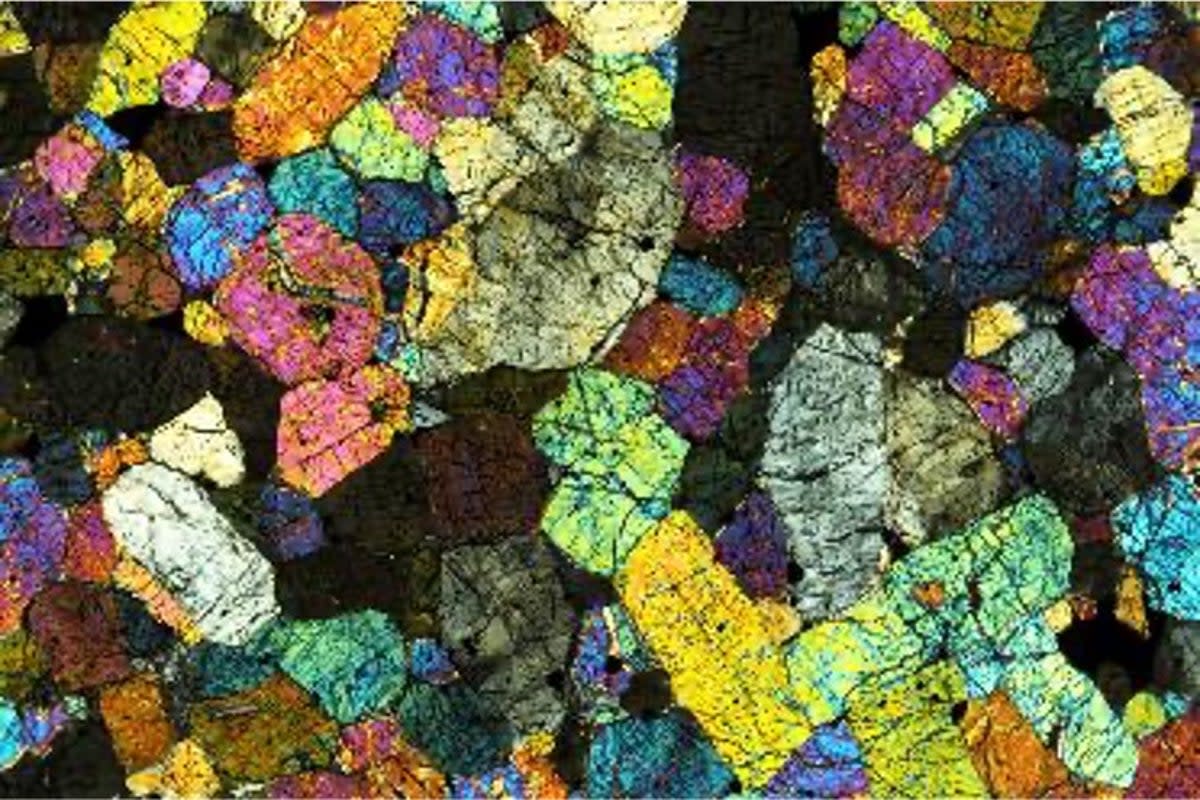Martian meteorite reveals hidden structures of Mars, scientists say

Mars has a clear structure in its mantel, and its crust includes distinct reservoirs, scientists have said.
Those are the findings from meteorites that originated 1.3 billion years ago on the red planet, and have since made their journey the 140 million miles to us.
They represent the only hands-on experience we have of Mars. While we have sent spacecraft and landers to its surface, we have never been able to bring anything back.
As such, scientists analyse samples that were ejected from Mars and made their way to Antarctica and Africa in recent decades.
They help show how the planet evolved, researchers say. But they could also inform work to bring back more samples: our understanding of the surface will be used in Nasa’s Mars Sample Return mission, which will bring back pieces of the red planet for the first time.
“Martian meteorites are the only physical materials we have available from Mars,” said James Day from UC San Diego, who led the team who analysed the samples. “They enable us to make precise and accurate measurements and then quantify processes that occurred within Mars and close to the martian surface.
“They provide direct information on Mars’ composition that can ground truth mission science, like the ongoing Perseverance rover operations taking place there.”
The team used meteorites that were all taken from the same volcano. They were thrown off Mars around 11 million years ago, when a huge meteor hit the planet, breaking off a large chunk and sending rocks out into space.
Some of them have since made their way back down to Earth. The first was found in France, in 1815, and many more have been found since.
The team looked at two types of meteorites, known as nakhlite and chassignite. They found they were actually related to each other, and interacted with the martian crust.
“With the existing collection of martian meteorites, all of which are volcanic in origin, we are able to better understand the internal structure of Mars,” said Professor Day.
“What’s remarkable is that Mars’ volcanism has incredible similarities, but also differences, to Earth,” he said. “On the one hand, nakhlites and chassignites formed in similar ways to recent volcanism in places like Oahu in Hawaii. There, newly formed volcanoes press down on the mantle generating tectonic forces that produce further volcanism.”
“On the other hand, the reservoirs in Mars are extremely ancient, separating from one another shortly after the Red planet formed. On Earth, plate tectonics has helped to remix reservoirs back together over time. In this sense, Mars provides an important link between what the early Earth may have looked like from how it looks today.”
A study reporting the findings, ‘A heterogenous mantle and crustal structure formed during the early differentiation of Mars’, is published in Science Advances.

